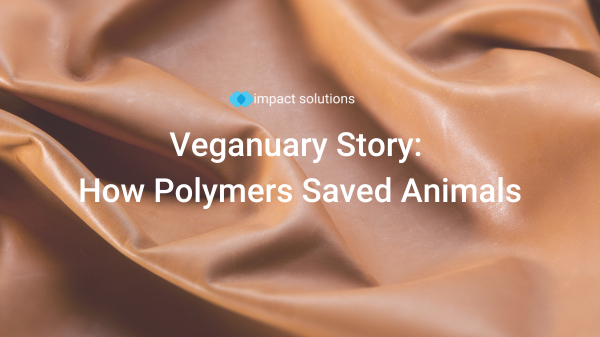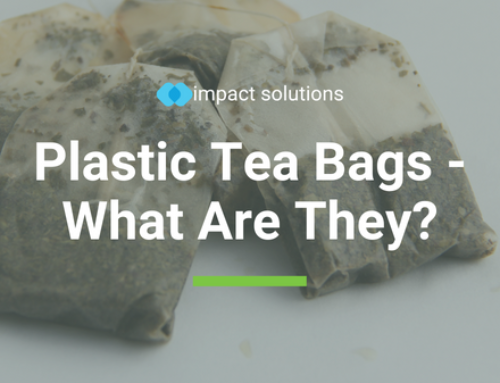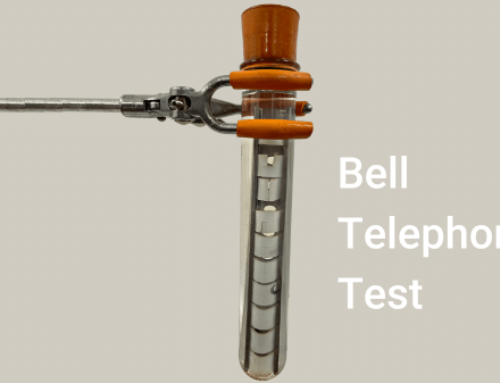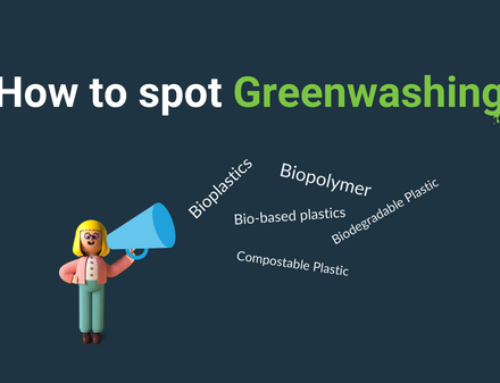What is Veganuary?
Since 2014, January has a different connotation than just “January Blues”, due to the launch of Veganuary. Veganuary is the world’s largest vegan movement which inspires individuals and corporations to make more compassionate food choices with the aim of ending animal farming, protecting the planet etc. Undoubtedly, a plant-based diet is the foundation of a vegan lifestyle, but as a society, there are many more ways to incorporate a cruelty-free approach into our everyday lives. Fashion conscious consumers often look for that killer look without being a killer. This sparked the rising demand for leather alternatives with synonyms such as, Pleather, Vegan-leather and Artificial-leather. Veganuary encourages consumers to look into these alternatives.
Historically, leather is obtained from cattle, deer, goats and many other animals. The earliest record of leather artifacts dates back to primitive times (1300BC) when our ancestors would use early forms of leather to create clothing and shelter against harsh environments. In modern days, fashion becomes increasingly more tied with social status. Subsequently, exotic animals such as alligators, ostriches and kangaroo could not escape from being the targets of luxury materials. Fortunately, material science has a proven track record in leading the way in shaping consumer culture. For example, Celluloid is famously known for being the first successful synthetic plastic which substituted ivory and prevented mass slaughtering of elephants.
History & Development of Leather Alternatives
Presstoff
The first recorded faux leather, called Presstoff, dates back to the 19th century. However, it became a popular alternative to leather in Germany during WWII, as it was easily rationed and adaptable to wartime environments. It was made from wood pulp (often from trees like pine), which was compressed into layers and treated with a special resin. Due to its poor durability, its application was limited to small items such as gun cases, belts, and wallets. It was not suitable for shoes, as it deteriorated rapidly when exposed to moisture, including sweat.
Fabrikoid®
Fabrikoid is an artificial leather that was in development during the early 1900s. DuPont filed its first patent on October 23, 1915, for a “Method of Forming Artificial Leather and the Product Thereof.” The patent described a process for producing coated fabrics, whereby an artificial leather of high efficiency and quality was created. At the time, other imitation leathers were not very durable and were relatively permeable to moisture, lacking weather resistance. The unique selling point of Fabrikoid was that the fabric (typically cotton-based) was coated with a pyroxylin jelly. The coating consisted of nitrocellulose, benzol, ethyl acetate, castor oil, and pigments. Fabrikoid’s superior durability and versatility led to its commercial success, and by the 1920s, it was widely used in furniture upholstery, luggage, convertible car top covers, and many other applications.
Naugahyde®
In 1914, the U.S. Rubber Plant, based in Naugatuck, Connecticut, invented the first-ever rubber-based faux leather called Naugahyde. It was created by coating fabric with rubber and leather fibers. While not considered “vegan” by today’s standards, it was certainly a less cruelty-intensive alternative for its time, compared to animal leather. Naugahyde became popular in the 20th century and was widely used for upholstery, automobile seats, and other applications.
PVC vs PU Leather
When discussing “pleather,” PVC and PU are the most common types. German inventor Friedrich Klatte was the first to be granted a patent for a polymerization process to manufacture PVC in 1913, and PVC has been in commercial production since 1933. PVC faux leather is made by coating a fabric (typically polyester or cotton) with a layer of PVC. This material is durable, waterproof, and relatively inexpensive but lacks breathability.
PU leather, on the other hand, is made by coating fabric with a polyurethane resin. The manufacturing process for PU leather is more complex than that of PVC, and its structure tends to be more flexible, with a foam layer that provides better breathability. While it is less durable than PVC, its breathability and softness make it a preferred option for applications where comfort and flexibility are important, such as clothing and footwear.
Modern Vegan-Leather
The aforementioned artificial-leather alternatives were mainly derived because of cost-effectiveness or raw-material availability. Intentional or not, they do contribute towards a more cruelty-free consumer culture. Although some of this faux leather fabric prevents mass slaughtering of animals, it is ironic that they are associated with some negative environmental impact that affects our eco-system due to the inevitable generation of toxic substances.
Fortunately, modern manufacturers are fast-tracking the development of vegan AND environmentally-friendly materials which could be a new generation of pleather. This includes vegetable oil leather which has superior durability compared to PVC & PU leather. Additionally, Banana Leather is derived from the fibres of banana plant stems that are typically discarded, it is waterproof and biodegradable.
Piñatex is an innovative vegan-leather made from pineapple leaf fibres. Once again, reutilising the by-product from a material value-chain which aside from being a cruelty-free product, it also helps with reducing landfill pressure.
Impact Solutions: Leading the Charge in Material Testing
Our diverse testing capabilities, combined with our extensive expertise, allow us to perform a wide range of bespoke and performance tests on conventional pleather as well as innovative leather alternatives. This includes testing for breaking strength, tear strength, adhesion of coatings, abrasion resistance, and even flammability. We also have experience testing corrosion in composite-leather materials in accordance with ASTM D 1611 standards.
Aesthetics are often a key consideration for vegan-leather apparel. In addition to our other tests, we also offer colourfastness testing to light, which assesses the damage caused by sunlight. We can simulate outdoor weathering by exposing materials to cycling UV light, moisture, and temperatures that go beyond typical room conditions, pushing pleather to its limits.
Follow along to keep upto to date with our latest news on LinkedIn.





